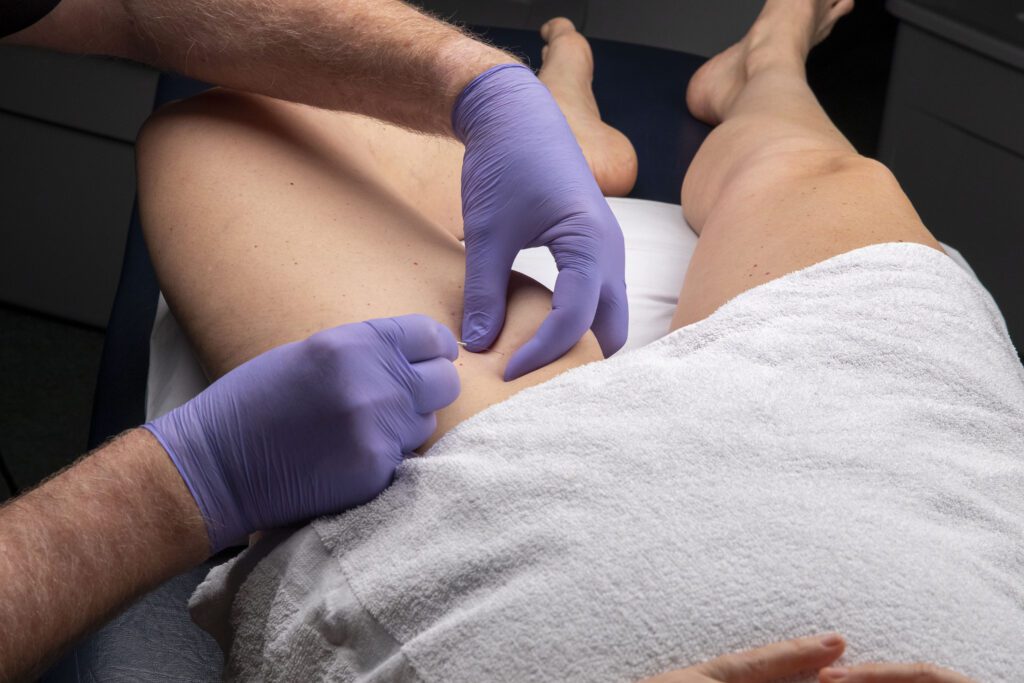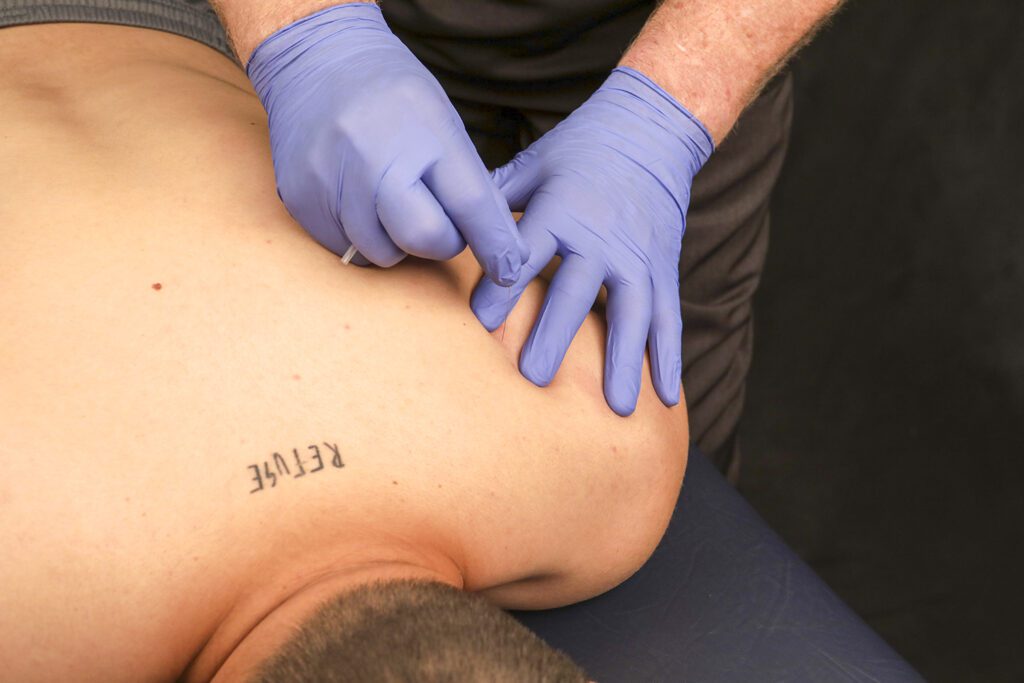You are an acupuncturist.
You sacrificed, put your life on hold, and went to school full-time for 3 or 4 years, studying both western and traditional Chinese medical concepts. It changed your life, often in ways you didn’t expect. You were challenged – intellectually, emotionally, and physically. You’ve read the classics of Chinese medicine – the Huangdi Neijing, the Shang Han Lun, the Zhenjiu Jiayi Jing, all the others – and pride yourself on basing your clinical reasoning and treatment strategies on well-established theories that have been continually refined and passed down to us from countless generations of clinician-scholars.
You’ve spent years cultivating your intake skills, your ability to observe subtle signs in your patients’ history, symptoms, voice, pulse, body, and demeanor that help guide your judgement.
You have spent massive amounts of money, time, and energy studying with powerful healers, insightful scholars and talented teachers who have taught you the skills that have given you your livelihood, your unique clinical personality, and the reputation that brings patients to your clinic.
You have practiced manipulating a short, sharpened length of thin steel wire to the point that you can accomplish things that can seem miraculous. You have been actively tuning your body, mind and spirit to function as one in the service of alleviating the suffering of your patients.
Chinese medicine is not just a collection of modalities you use, but a mode of existence that expresses who you are as a human being.
Suddenly, a bunch of physical therapists in your town start advertising that they are offering “dry needling,” which looks to you like an offensively crude, watered-down, rebranded, and even potentially dangerous version of what you’ve spent a huge amount of blood, sweat and tears mastering.
Why would you ever even consider studying this?
Why would any self-respecting acupuncturist spend time learning how to do what looks like a barbaric mockery of the refined art that you cherish?
Aren’t you already doing a better version of what they are doing? What could you possibly learn in a few weekends that compares to the years you’ve spent studying?
The short version, for most acupuncturists, and I say this honestly, without a trace of sarcasm, is:
There is actually no reason for most acupuncturists to study dry needling. You already have all of the skills and resources you need to have a successful practice that improves both the lives of your patients and your own life. As we all know, it is not really the technique you use that matters, but you as a practitioner, and your relationship with your patients, that is the most important factor in your success.
If reading that gives you a feeling of relief or satisfaction, and nothing else, great! You are on the right path. Your journey is not complete, but you can continue doing what you are doing without having to consider learning dry needling. You can stop reading now and go on about your life.
However, if any of the following ring true for you . . .
- You feel like there are things you could be doing to improve your ability to assess and treat musculoskeletal pain.
- You’ve read Travell & Simons and are interested in the idea of trigger points, and want to study with the organization that grew out of the original seminars and received her blessing to continue her work.
- You want to improve your understanding of the anatomy and physiology of the musculoskeletal system because you don’t know it as well as you should.
- You want to improve your ability to palpate the body in a way that is different from what you are already doing.
- There are muscles in the body that you know you should treat, but you are scared to because you don’t know how to do it safely.
- You want to learn a way of both treating and describing what you are doing that is more understandable to both your patients and their other medical providers.
- You want to improve your ability to develop relationships with doctors, PTs, and other providers so that they are more willing to refer to you.
- You want to join a community of practitioners who are on the cutting edge of not just clinical practice, but also teaching and research on the assessment and treatment of musculoskeletal pain.
- You want to join a community of practitioners that includes specialists who treat professional athletes, performing artists, and patient populations that include more specialized areas like Ehlers Danlos Syndrome, temporomandibular disorders, and others.
- You want to join a community of practitioners who value both scientific evidence and clinical experience.
- You think that the world in general and the medical world in particular needs less polarization, defensiveness, and territoriality.
- You are intrigued by the idea of sharing stories and ideas with PTs and other providers who are genuinely interested in what you are bringing to the table.
. . . then studying dry needling with Myopain seminars is one of the most rewarding things you can do.
I realize that the vast majority of acupuncturists reading this post have no idea who I am or why they should listen to a word I say. The short version – I entered acupuncture school in 1997, and since that time I have studied with, and in some cases assisted, some of the most well-known teachers in the field of TCM musculoskeletal treatments (if you really need to see the degree to which I am addicted to continuing education, you can read my Curriculum Vitae.
I point that out to show that I did not start learning from Myopain Seminars out of a lack of access to good teachers. I’ve had some of the best teachers there are in the world of TCM pain treatment and musculoskeletal medicine, and I still use their material on a daily basis – every patient gets tuina as l learned it from Tom Bisio and Frank Butler, every patient gets assessed and treated with techniques I learned from Matt Callison, and my TCM treatments are often structured around the channel relationships that I learned from taking classes with Richard Tan.
“But Josh,” I hear you ask, “why add dry needling into the mix? You still haven’t made a convincing argument that dry needling isn’t just crappy acupuncture.”
On the one hand, I’m not going to say that there is no dry needling being taught to PTs that is just crappy acupuncture. I am sure that there is. Maybe even most. But that is not what Myopain Seminars is teaching.
The reason I not only use and teach the technique, but also use the term dry needling, is this:
 Although it uses the same tool, and looks a lot like acupuncture, the dry needling that Myopain teaches is just . . . different. And every acupuncturist I have talked to who has studied with Myopain Seminars, either with me in the Trigger Point Acupuncture classes, or in the regular dry needling classes with PTs, has said the same thing.
Although it uses the same tool, and looks a lot like acupuncture, the dry needling that Myopain teaches is just . . . different. And every acupuncturist I have talked to who has studied with Myopain Seminars, either with me in the Trigger Point Acupuncture classes, or in the regular dry needling classes with PTs, has said the same thing.
It utilizes a completely different set of diagnostic ideas to come up with a treatment.
It is based on a modern medical understanding of anatomy, physiology and pain science. An understanding that is being continually updated as new reliable research is being done.
It utilizes a very different mindset and way of paying attention to the patient’s body compared to regular acupuncture.
It is a physically different experience as the practitioner, not only in terms of needling technique, but also in terms of how you palpate and use your body mechanics.
The patient experience is completely different from a standard American acupuncture treatment. Yes, I know, there is no such thing as “standard” American acupuncture treatment because we are all unique practitioners with highly individual approaches. But let’s admit at least this – on average, most acupuncturists put some needles in, which the patient barely feels, makes sure the patient is comfortable, dims the lights, turns on the New Age ambient soundtrack, and leaves the patient to chill out and relax for 20-40 minutes while they go and treat other patients in other rooms. After one or two sets of needles, the patient leaves the office, floating home in a relaxed cloud of serenity, smelling vaguely of Tiger Balm or Zheng Gu Shui.
Maybe you don’t practice this way, at least all the time. But even if you don’t practice this way, I would be willing to bet that a significant number, or maybe even the majority, of the acupuncturists you know do.
I am not in any way saying that there is anything wrong with that type of treatment – I do it myself for some patients. What I am saying is that that is not what happens with dry needling. It is, in fact, the complete opposite in almost every conceivable way. It requires the constant presence and engagement of the practitioner, so that it is difficult to have multiple rooms going at once. It is a demanding practice that requires a high degree of intellectual, perceptual, and physical precision in order to be done safely and effectively. It is usually at least somewhat uncomfortable for the patient. The patient can also be sore for up to a few days after the treatment.
And for the patients who need it and respond well to it, there is no other treatment modality that is comparable.
Learning trigger point theory and dry needling gives you a laser-like focus for finding and treating the particular fibers of the particular muscles that might be one of the main causes of someone’s symptoms. For that purpose, there is nothing that I have found to be as effective.
The results you get are usually immediate and unambiguous. Decreases in pain, increases in strength and range of motion, restoration of normal movement patterns, physical stability, and sensations. And you understand and can explain more clearly why the patient got better, and you have a clearer idea about what is happening with them when they don’t.
And despite the discomfort, once most patients have had it done and gotten good results, they will want you to continue doing it. Even though it can kind of suck to have done to you. And they will start referring their friends, family and coworkers to you. Patients will start seeking you out specifically for dry needling, and other practitioners will start referring patients to you specifically for that modality.
“I already get results like this.”
Great! If you are completely satisfied with your practice as is, there is no reason to spend any amount of time and money learning dry needling. Apologies for making you read this far! I’ll put this disclaimer further up in the post next time.
In case I haven’t made this clear, I do not think that dry needling trigger points is the end-all, be-all of medical practice. Far from it – I have many patients for whom it may not be the best treatment. But I will say that over time, if you learn it and keep practicing, you will develop a keener sense of which patients will benefit from it and which patients won’t.
But be forewarned: once you get some good results, it might start making up more and more of your practice.
The Obvious Choice for Dry Needling Education (NCCAOM-Approved)
Trigger Point Acupuncture / Dry Needling Course Series

The Trigger Point Acupuncture / Dry Needling 1 course is designed to provide acupuncturists with an evidence-informed approach to the assessment and treatment of myofascial trigger points (TrPs). As there are many differences and similarities between dry needling and acupuncture, this course has been designed to bridge the gap between the differences and emphasize the similarities to broaden the practitioner’s scope of practice.

The Trigger Point Acupuncture/Dry Needling 2 course builds on the knowledge and skills of the Trigger Point Acupuncture/Dry Needling I course and provides acupuncturists with an evidence-informed approach to the assessment and treatment of trigger points (TrPs), peripheral and central sensitization, and the etiology and scientific basis of myofascial pain and dry needling.

The Trigger Point Acupuncture / Dry Needling 3 course is the final course in the series to bring acupuncturists to the highest level of clinical proficiency in the management of patients with myofascial pain and attain certification as a Certified Trigger Point Acupuncturist (CTPA).

